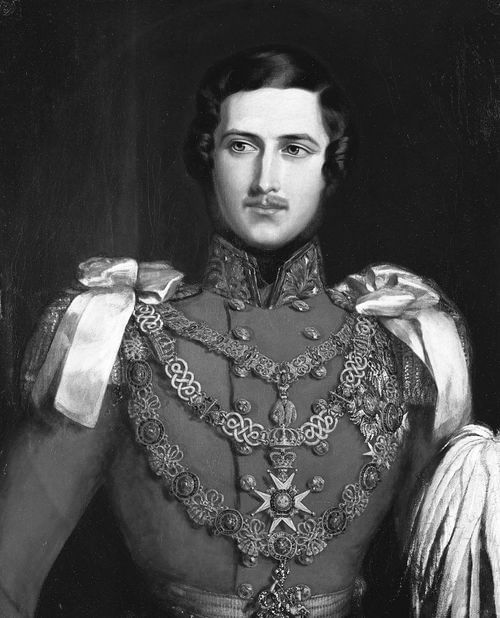
Photo Attribution: John Partridge, Public domain, via Wikimedia Commons
Prince Albert, Consort
This example has been viewed 887x times
Summary
Rodden Rating
Analysis for Prince Albert, Consort
Biography
Prince Albert of Saxe-Coburg and Gotha (Franz August Karl Albert Emanuel;[1] 26 August 1819 – 14 December 1861) was the consort of Queen Victoria from their marriage on 10 February 1840 until his death in 1861.
Albert was born in the Saxon duchy of Saxe-Coburg-Saalfeld to a family connected to many of Europe's ruling monarchs. At the age of twenty, he married his first cousin Victoria; they had nine children. Initially he felt constrained by his role as consort, which did not afford him power or responsibilities. He gradually developed a reputation for supporting public causes, such as educational reform and the abolition of slavery worldwide, and was entrusted with running the Queen's household, office, and estates. He was heavily involved with the organisation of the Great Exhibition of 1851, which was a resounding success.
Victoria came to depend more and more on Albert's support and guidance. He aided the development of Britain's constitutional monarchy by persuading his wife to be less partisan in her dealings with Parliament—although he actively disagreed with the interventionist foreign policy pursued during Lord Palmerston's tenure as Foreign Secretary. Albert died in 1861 at age 42, devastating Victoria so much that she entered into a deep state of mourning and wore black for the rest of her life. On her death in 1901, their eldest son succeeded as Edward VII, the first British monarch of the House of Saxe-Coburg and Gotha, named after the ducal house to which Albert belonged.
Source: https://en.wikipedia.org/wiki/Albert,_Prince_Consort
Raw Data
Horoscope Data
Comments
Natal Data
1819-08-26 06:17:00 LMT
50° 17′ 14.6″ N 11° 1′ 0.3″ E
Rödental, Germany



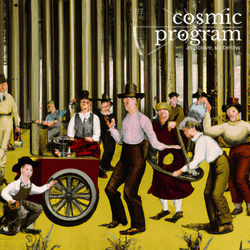


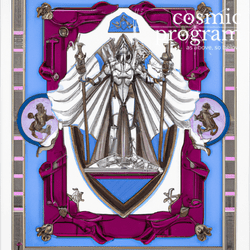




















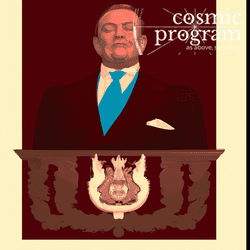













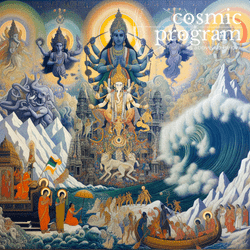

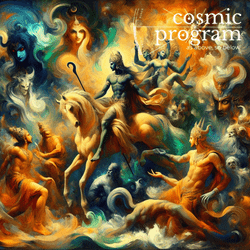

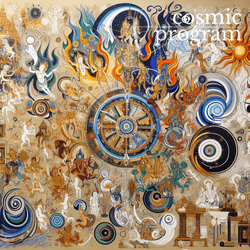




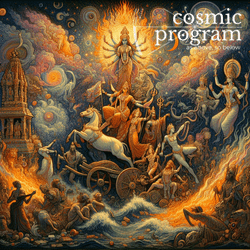



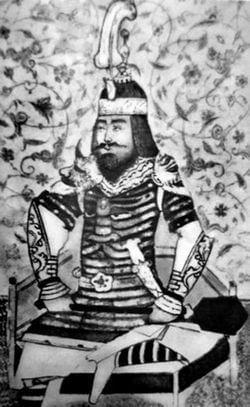
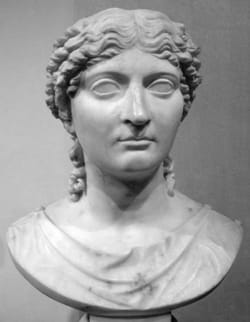
_(cropped)_(3-to-4_aspect_ratio).jpg?bossToken=cbc9a35de7e088eb67390c9e5c3f6a6164be0fe9589fecc6daae4af9e6bf2d92)



.jpg?bossToken=7d2c37a87bb7a6daf630aea386297b667ed282c9f29d2eb3e08deb08862db35e)
.jpg?bossToken=072bdcc38b6fd0271204a96a53dd332cf7a7643bcdc8736653f071c802dc1092)



